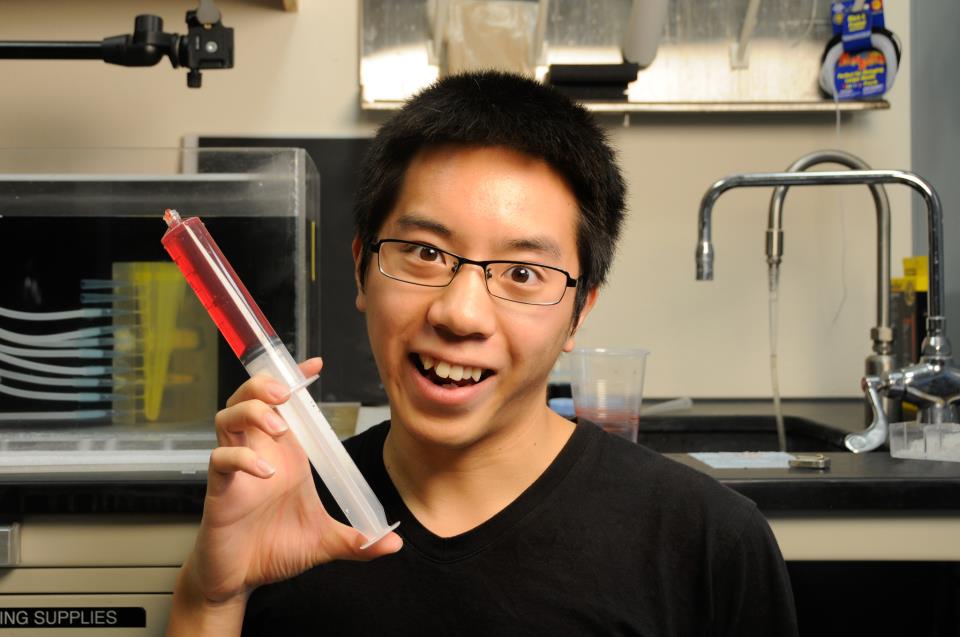Blastoids are an extinct group of bottom-dwelling echinoderms (closely related to sea urchins
and sea stars). These sea creatures had extremely complex skeletonized respiratory structures
that have had scientists curious for years about how fluids moved through their bodies.

This curiosity about how these complex respiratory systems of an extinct organism worked,
along with advancements in technology, inspired a team of researchers to investigate the issue.
Tony L. Huynh, Dennis Evangelista, and Charles R. Marshall created a scaled-up 3D model of
part of the respiratory structures of blastoids in order to directly observe the pattern of water flow
within. Their research paper is now available the latest issue of Palaeo Electronica.

The authors made an interesting discovery during their experiment with 3D modeling. Charles
Marshall of the team writes, “No one yet has been able identify our 3D model without being
given massive hints - this tells us that people are not yet used to seeing scaled up replicas of parts
of organisms – it is very interesting how new technologies lead to new ways of seeing things.”

With this new, enlarged perspective on the blastoid respiratory system the team was able to
determine that the path of the water flow within the structures is consistent with a respiratory
system able to function with high effectiveness. The authors also hypothesize that part of the
respiratory system, the hydrospires, also helped the blastoids with some other function beyond
respiration, perhaps for feeding as well.

Lead author Tony Huynh working in the lab.
The most important conclusion the authors reached during their research was that new
methods (such as 3D printing) can be combined with classic biomechanics approaches,
like flow visualization and model testing, in an integrative way to better understand how
extinct organisms may have functioned.

